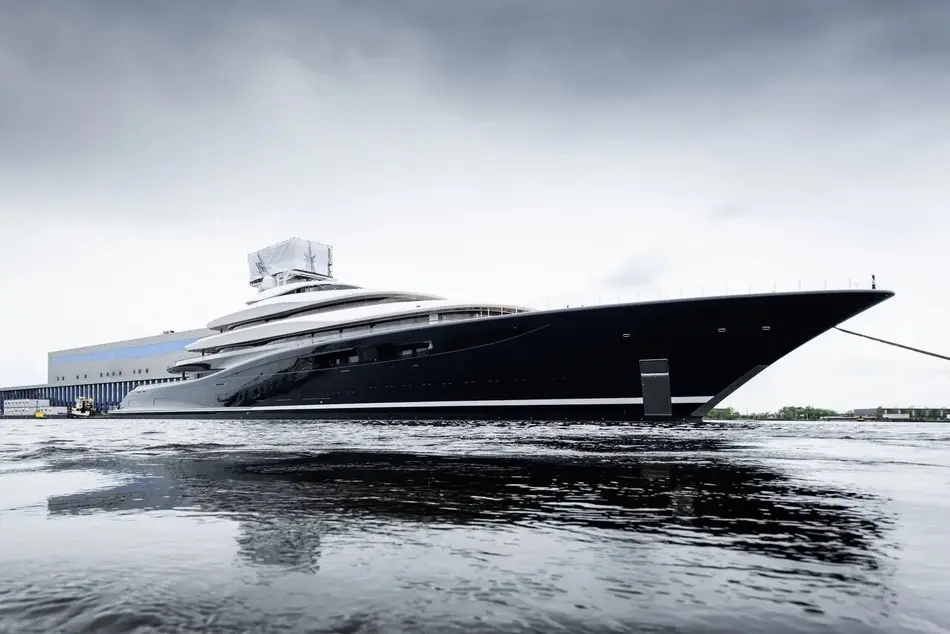Staten Island Ferry and NYC Ferry Trialing Renewable Diesel
Staten Island Ferry and NYC Ferry will begin testing renewable diesel fuel as an eco-friendly alternative to traditional diesel. This initiative is expected to slash carbon emissions by 60% or more, providing nearly 30 million annual riders with a cleaner way to traverse the city's waterways.

Staten Island Ferry and NYC Ferry will begin testing renewable diesel fuel as an eco-friendly alternative to traditional diesel. This initiative is expected to slash carbon emissions by 60% or more, providing nearly 30 million annual riders with a cleaner way to traverse the city's waterways.
The New York City Department of Transportation (NYC DOT) is currently testing renewable diesel on the Marchi Staten Island Ferry, which will replace the Ultra Low Sulfur Diesel now used in the fleet. Plans are in place to extend this environmentally friendly fuel to the entire Staten Island Ferry fleet by 2025, a critical step toward achieving a 50% reduction in CO2 emissions by 2030.
The Staten Island Ferry, the busiest municipal ferry service in the U.S., serves about 45,000 passengers daily, totaling nearly 24 million riders each year. Operating around the clock between Staten Island and Lower Manhattan, the ferry is responsible for 15% of the city’s transportation emissions, with fuel use contributing to 94% of its greenhouse gas output.
“The Staten Island Ferry is the busiest municipal ferry service in the country, and we are thrilled to reduce its carbon footprint by using a petroleum-free alternative to traditional diesel fuel,” said NYC DOT Commissioner Ydanis Rodriguez. “The transportation sector is responsible for nearly 28 percent of greenhouse gas emissions in our city, but that means it can also be a key part of the solution. Reducing dependence on fossil fuels offers a key step towards a greener and healthier New York City.”
New York City Economic Development Corporation (NYCEDC) NYC Ferry will implement a six-month pilot program, testing the fuel on select vessels. If successful, the entire fleet is set to transition to renewable diesel by 2025. Additionally, NYCEDC and NYC Ferry will upgrade 13 of their largest vessels to meet the EPA's stringent Tier IV emission standards, targeting a reduction of pollutants like nitrogen oxides and particulate matter by up to 65%.
“New Yorkers love their ferries, and today we are making a big step forward in delivering a greener and more sustainable harbor,” said New York City Economic Development Corporation (NYCEDC) President & CEO Andrew Kimball. “As we continue to break ridership records at NYC Ferry, it’s critical that we not only take immediate steps to reduce the emissions from our vessels but think strategically and holistically on how to create a more sustainable system across the board.”
These upgrades are part of a broader sustainability strategy aimed at transitioning the NYC Ferry fleet toward zero-emission vessels. NYCEDC will also conduct a study examining both the vessels and necessary changes to shoreside infrastructure, expected to conclude by late 2025. This study aims to enhance operational efficiency and attract grant funding.
The NYC Ferry system, which serves over 7 million riders annually, spans six routes and 25 landings across the five boroughs. Its 38 vessels make it the largest passenger-only fleet in the nation, showcasing resilience and rapid recovery in ridership since the pandemic. The initiative follows the successful 'NYC Ferry Forward' program, which has boosted ridership and reduced the per-passenger subsidy by over 30%.
“As New Yorkers, we understand the urgent need to combat climate change, and today’s announcement is another critical step forward in that fight. In utilizing renewable diesel for our ferry fleets, we are demonstrating our commitment to reducing harmful emissions and reaffirming our commitment to making every corner— and current—of our city healthier and more sustainable,” said First Deputy Mayor Maria Torres-Springer. “Whether it's through innovative technologies or bold investments in green infrastructure, we are building a cleaner, greener New York City for all our residents—one that prioritizes our environment, enhances quality of life, and sets an example for cities around the world.”